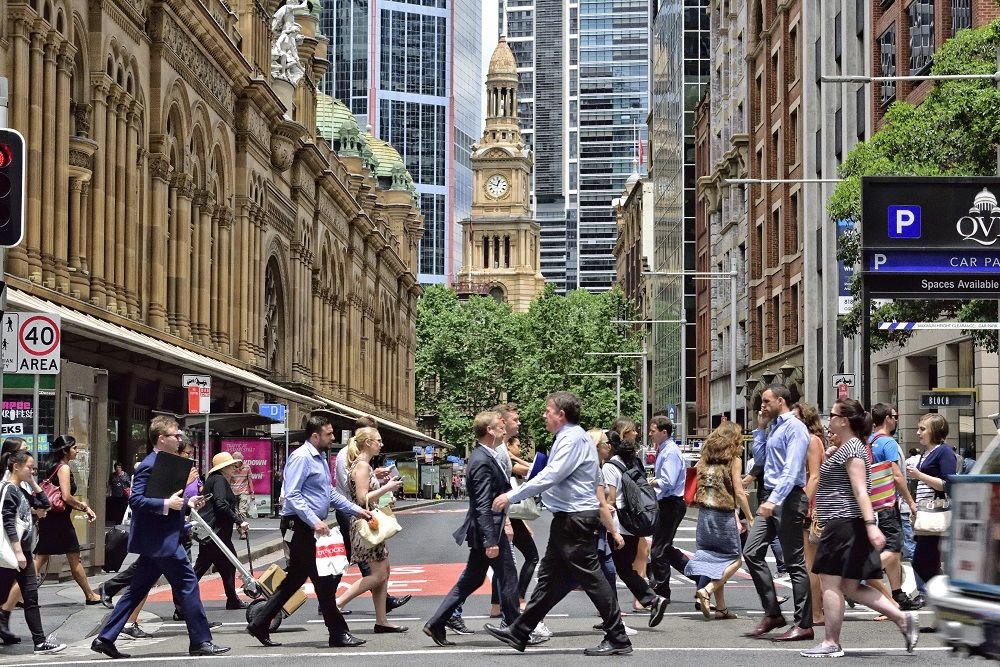Rich listers pay big to accountants and give to charities. Where do our top earners live?
Analysis of the most recent taxation statistics sheds light on Australia's wealthiest and poorest people.

Some of Australia’s richest people have a keen knowledge of the Australian Taxation Office tax deductions rules. They also help keep tax accountants in business and are among Australia's biggest financial donors.
An analysis of the Australian Taxation Office’s latest taxation statistics by the Australia Institute revealed 60 Australians who earned more than $1 million in the 2019-20 financial year and did not pay a cent of income tax, compared to 66 the year before.
On average, these 60 individuals earned $3.5 million each.
"Some people earning $1 million or more paid on average $80,000 each to manage their tax affairs, which reduced their taxable income below the tax-free threshold," Australia Institute senior economist Matt Grudnoff said.
To compare, the typical Australian worker claimed $180 for managing their tax affairs.
Other major allowable tax deductions that brought down their taxable income were litigation costs for managing their tax affairs. The average amount claimed was $250,000.
Claiming donations came in at $114.4 million, interest deductions ($14.3 million) and dividend deductions ($16.9 million).
These 60 millionaires claimed $165.3 million of different deductions to reduce their tax bills.
"Our taxation system is full of complexity. The latest tax statistics show that some people on very large incomes can pay very smart people large sums of money to take advantage of the complexity to reduce the amount of tax they have to pay," Mr. Grudnoff said.
The Institute is calling for a Buffett rule, which sets a minimum rate of tax based on gross income.
The Institute believes this would prevent high-income earners from using multiple deductions to avoid paying taxes.
The data show around 72 per cent of landlords owned one rental property, 19 per cent owned two and nearly 86,000 people owned four or more.
On average, they made a loss (were negatively geared). However, those losses shrank in 2019-20 as the Reserve Bank cut interest rates, reducing claimable interest deductions. The median loss was $400 and the average just $73.
In 1920-21 eight of the top income earning postcodes were in Sydney, while five of the lowest were in regional NSW.
Western Australia's Cottesloe and Peppermint Grove were the wealthiest, with an average taxable income of $325,343.
The next highest earners were in Sydney postcode 2027, which takes in the harbourside suburbs of Darling Point and Edgecliff. Here the average taxable income was $205,957.
In third place was postcode 2023, Bellevue Hill in Sydney, where the average taxable income was $195,204.
The lowest earning postcodes were Gurley, Burren Junction, Drildool, Nowley, Boomi and Garah, all in regional NSW, with negative average taxable incomes, likely due to farming losses.
Medical doctors earned the highest incomes.
Surgeons had the highest average income, $406,068, with anaesthetists earning only slightly less ($388,814), internal medicine specialists ranked third ($310,848), and financial dealers ranked fourth ($279,790).
Food and hospitality workers were at the lowest average taxable income range.
The lowest paid were apprentice hospitality workers ($19,877), fast food cooks ($20,447), apprentice trainees in sport and recreation ($20,447) and apprentices in cleaning services ($24,330).
The average taxable income for Australians was $63,882 in 2019-20, up just 2.1 per cent from the previous tax year.
Men continued to earn more than women, averaging $74,559 versus $52,798.
683,443 people who filed a return to the ATO collected an Australian government pension.
The median Australian had less than $50,000 in superannuation funds. The average balance was much higher at $145,388, skewed upwards by the extremely large super funds held by a relative handful of individuals.
For further reading: ABC News








